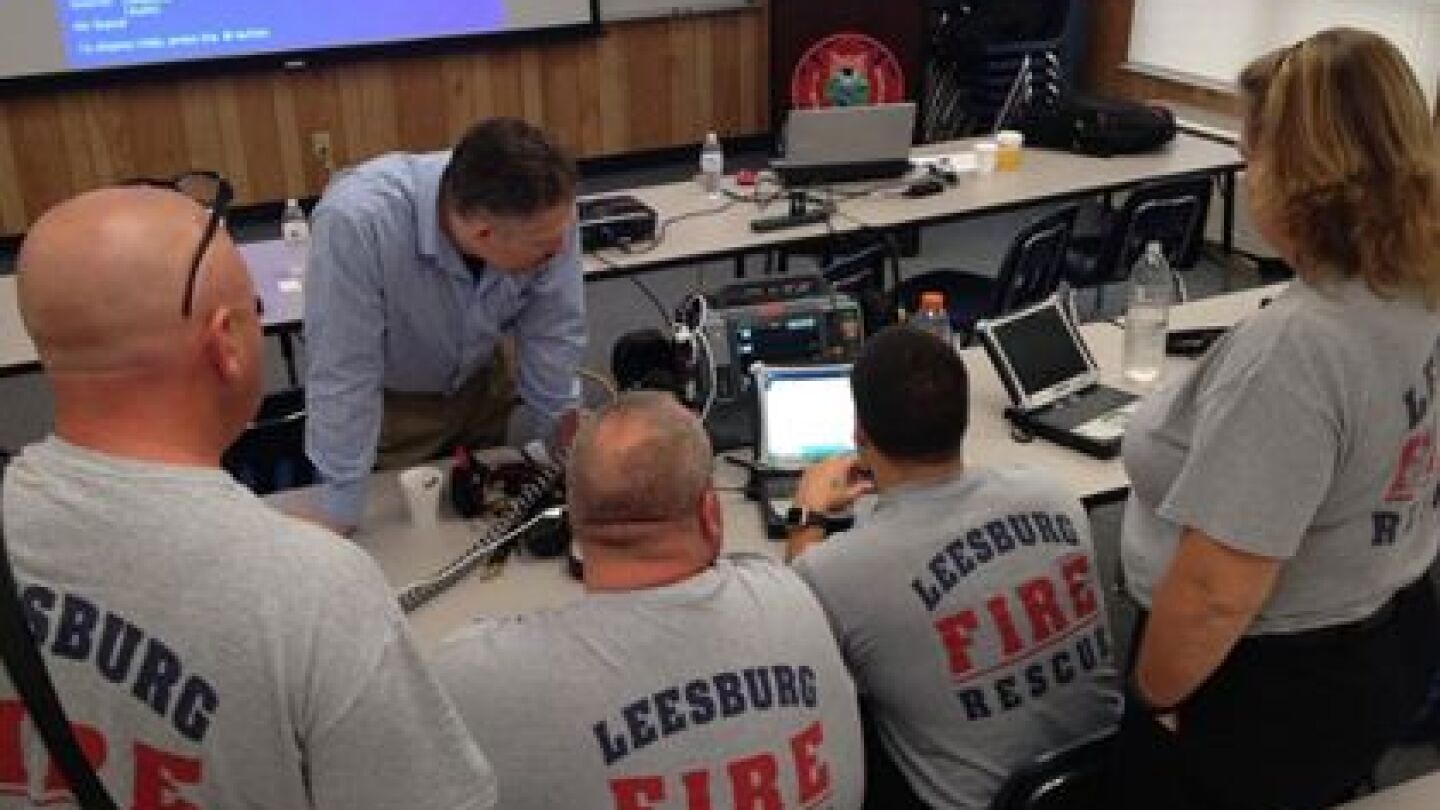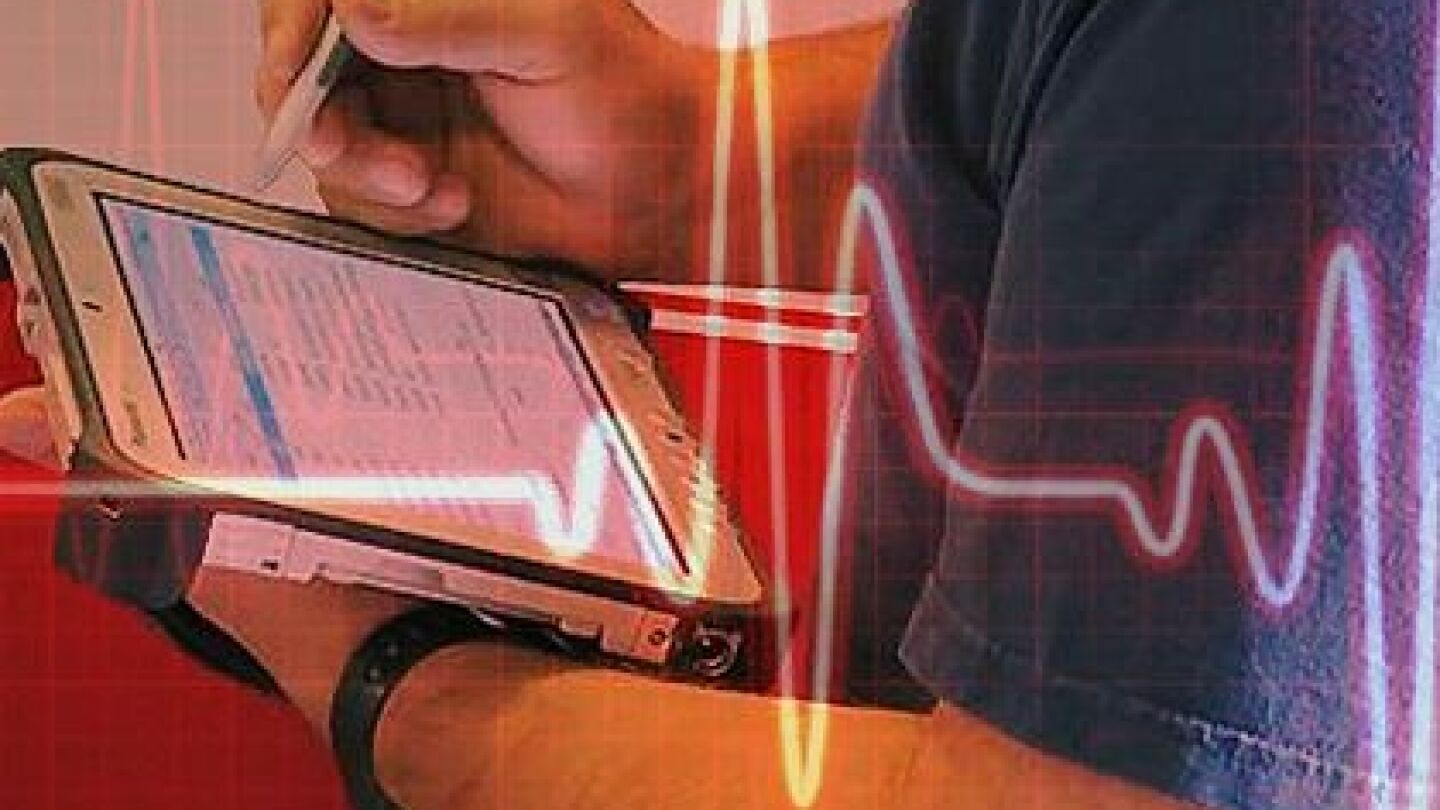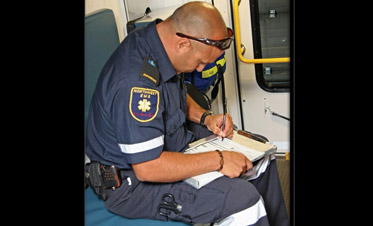Scoobie69d
Forum Ride Along
- 1
- 0
- 1
OK, so I've been out of hands on patient for a bit. Now that I've returned I've noticed that my PCR writing is to say horrible. I was wondering if there are PCR writng templates/models/PDF that I can follow to get better at writing my notes






